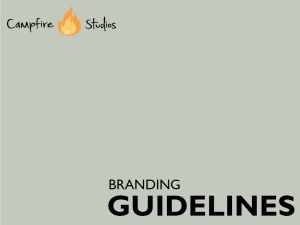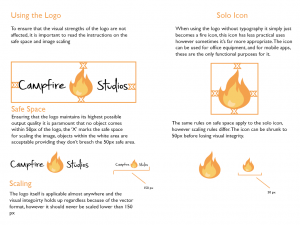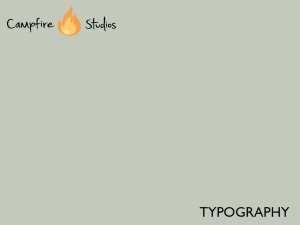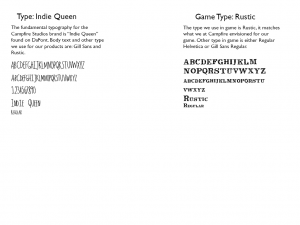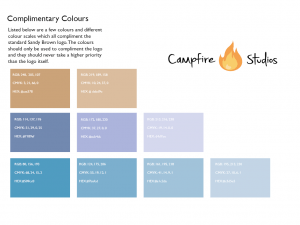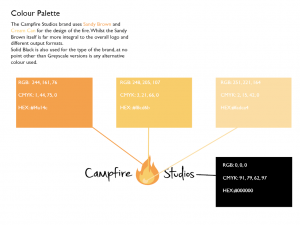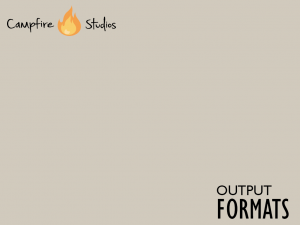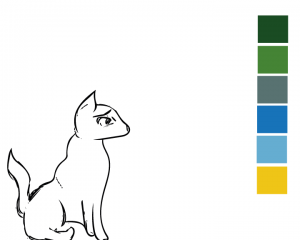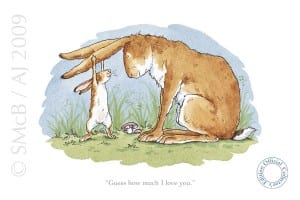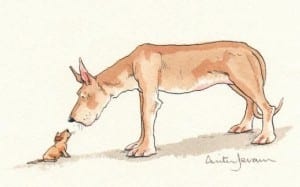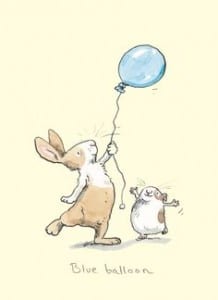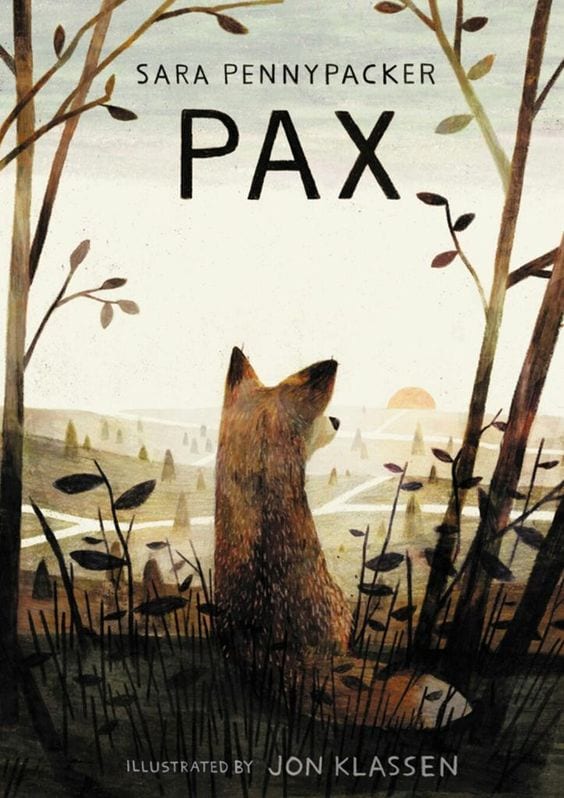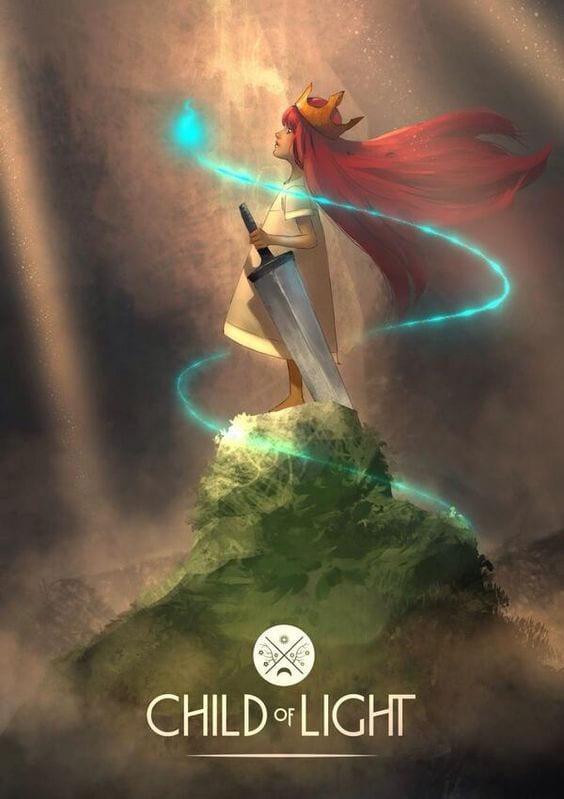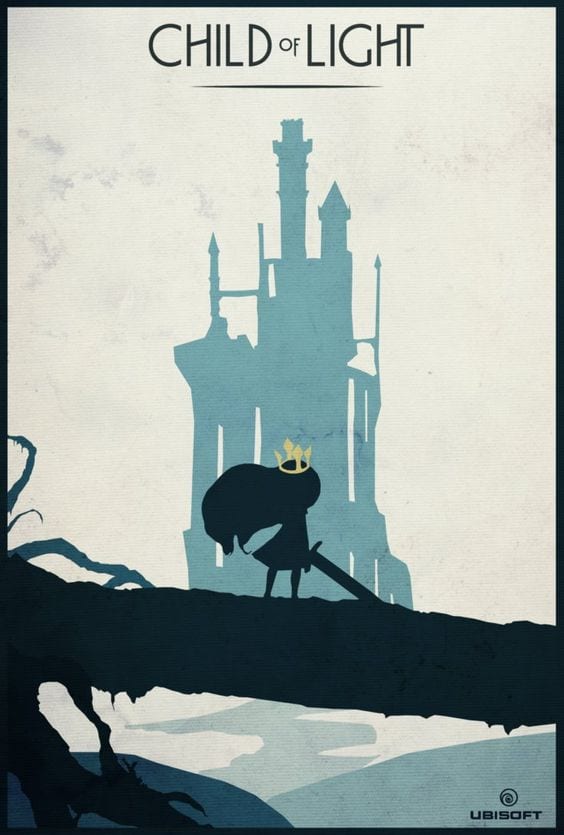During the workshop of week 6 the group was given a new brief simply called “Picturebook Brief” the brief requires us to create a minimum of 8 pages regarding themes which children may find hard to deal with, the idea behind this is to get us to think about how we can deal with diffcult subject matter, and make it applicable through illustration and Typography making the topic more digestible for children.
Before setting out and creating the brief there was an obvious learning curve of what’s expected from us, and how we can tackle this. There was obviously an emphasis on some components which at first seemed somewhat commonplace and easy to overlook, however paying close attention to what’s expected, I now know that there should be a lot of attention paid to Typography and Colour, focusing on these two elements gives the book more visual coherence and overall makes the end product a lot better.
During the early stages of the brief I will focus on colour palettes and typography research, this should help inform the end product and make it a lot more professional. One final element I will look at will be the ability to rework and change ideas, a lot of the time designers think what they’re doing is final and good enough to submit as an end product, this is something I want to avoid unless I’m 100% certain of my own ideas.
Development Plan
The development plan for this brief will detail a time schedule of all the elements I’m working towards and when I want them completed by. I feel as though time plans are a good tool to use and stick to so as you understand how to spend on each component.
Week 6 – Research/Project Planning Stage
- Name for the PictureBook
- Research on inspirations (Artists, Authors)
- Look at examples I want to influence my work on
- Progression with the Design/Overall Branding
Week 7 & 8 – Concept art and further ideas development
- In-depth picturebook research (What conventions do I follow, examples of how to compose a narrative for kids, how to make the end product look/feel thematically appropriate? )
- Rough sketches (Concept art, Character art)
- Experiment with Typography (how does it look/feel with supporting illustrations)
Week 9- Further Illustration Exploration
- Finalised Title (Reach a point where I know what I can improve for the cover/title)
- Typography evaluation, new choices from old, variations and how well it works
- Further Character concept art, Settings for the book, Environments Etc.
- Upload Sketches – Evaluate Likes/Dislikes
- Further develop environments, showcase potential settings for the character
Week 10 & 11 -(Easter) Final Tweaks
- Finalised Illustrations (What character am I using? What Environments/Themes?)
- Room for improvements (Are the sketches representing of the book enough positively? Room for tweaks?)
- Finalised Colour Palettes
Week 10 onwards – Polishing final output
- Have a finalised booklet 8/10 pages
- Character development finalised uploaded to blog separately
- Colour Palette and supporting work uploaded to blog
- create final Pdf for the semester, uploading both projects.
Research & Source Material
https://uk.pinterest.com/search/pins/?q=illustration&rs=typed&0=illustration%7Ctyped
